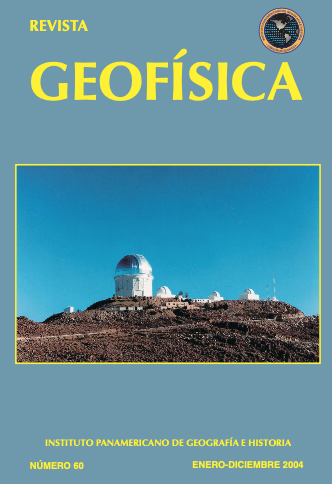El pronóstico de la trayectoria del huracán Alma de 1996 producida por un modelo numérico
Main Article Content
Abstract
In this paper, the ability of the two parameters baroclinic model is proven to predict the trajectory of the hurricane Alma 1996. This tropical system appeared over the Northeastern Pacific Ocean and it was characterized by having binary interaction with a Mesoscale Convective Vortex (VCM), with which it merged according to Fujiwhara effect.
To detect the interaction among meteorological systems of minor scale, the used methodology consisted on using three meshes on the fourth meteorological region whose distances among the reticular points were of 432, 108 and 27 km. When using a refinement of the meshes, the forecast of binary systems trajectory is improved because the dynamics of these phenomena is perceived by the equations of the model and the errors generated when not considering this type of systems in the initial field are avoided.
Downloads
Article Details
-
Abstract680
-
PDF (Español)866

